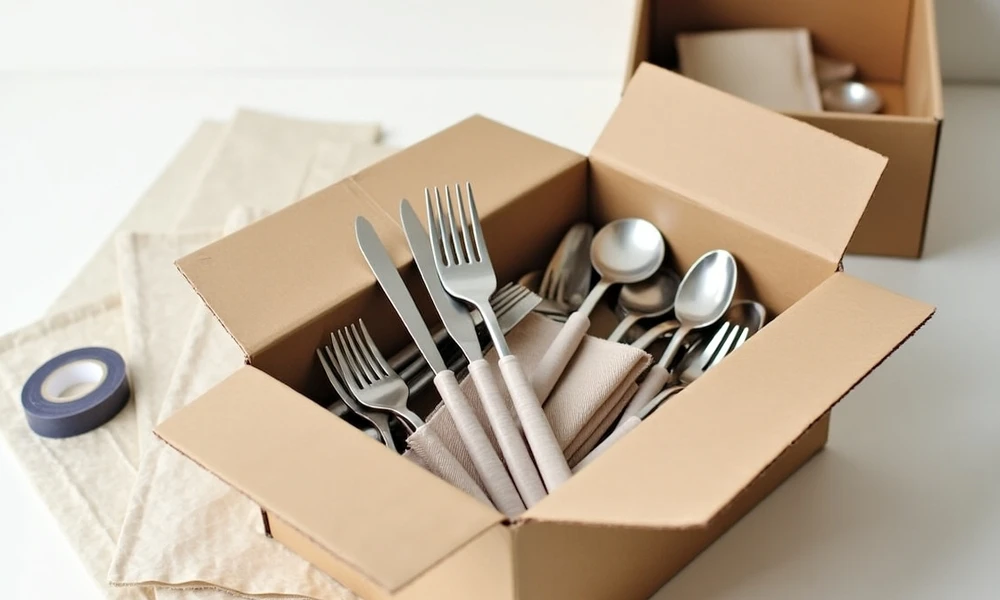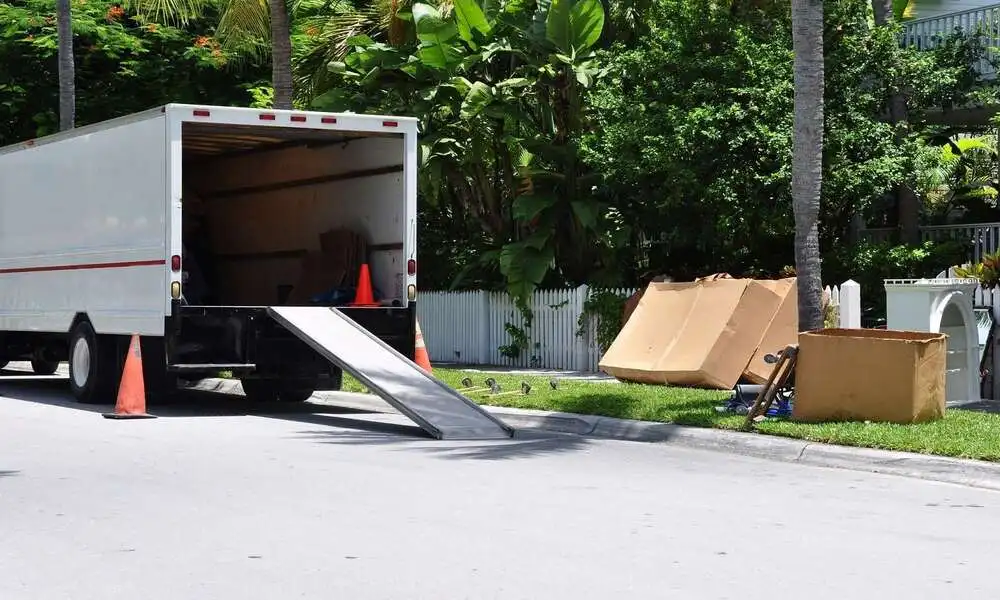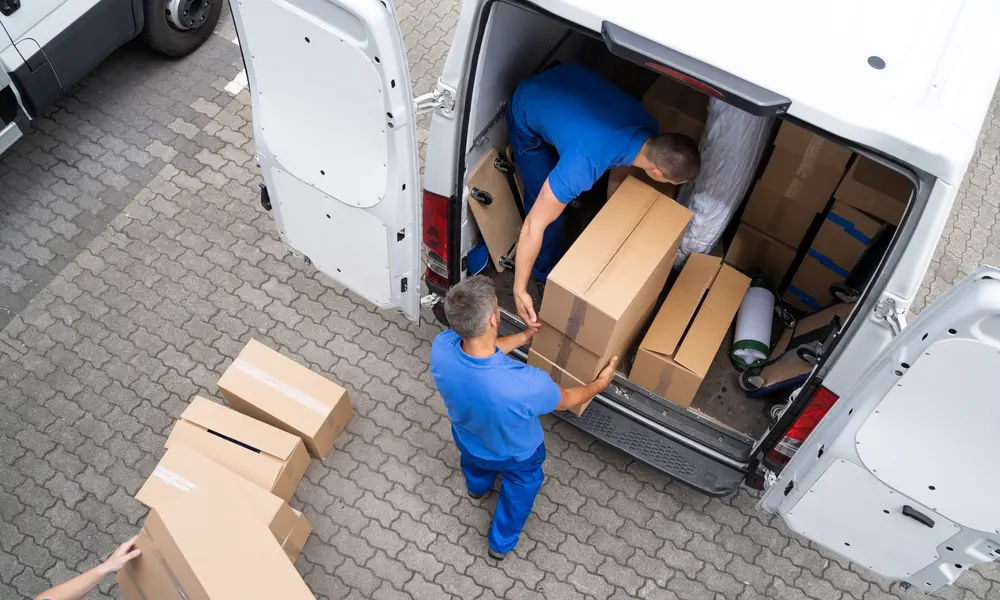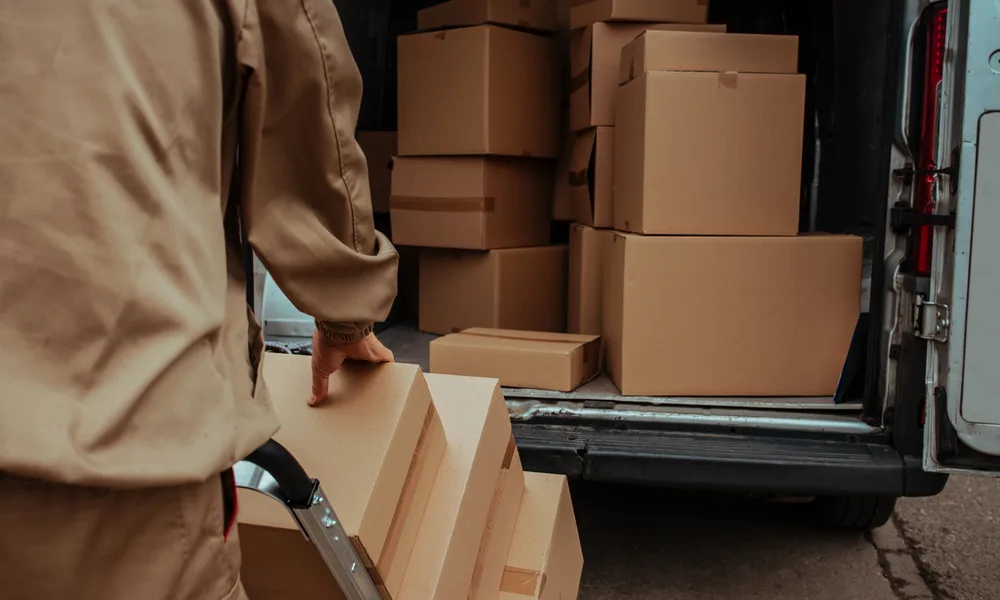How To Pack Silverware For Moving
How to pack silverware for moving starts with understanding the importance of proper handling and preparation. Silverware, though often overlooked, can be easily scratched, bent, or even cause injuries if not packed the right way. Tossing loose utensils into a box can lead to damage not just to the silverware itself, but also to other kitchen items during transport. It also creates unnecessary hassle when unpacking, wasting your time and increasing the risk of accidents. To help you avoid these issues, we’ve put together a simple 7-step guide that makes packing your cutlery safe and stress-free. And if you’re short on time or want to ensure complete protection for high-value utensils, hiring professional packers can be a smart move. Why Properly Packing Silverware is Important When it comes to moving, packing your silverware the right way is not just a small detail it makes a big difference. Whether you’re using heirloom pieces passed down through generations or high-end flatware you recently invested in, proper packing protects both your items and your peace of mind. 1. Prevent Damage to Expensive or Sentimental Flatware Silverware can get scratched, bent, or even broken if not packed with care. Items like antique spoons, engraved forks, or premium knife sets deserve extra attention. Chamomile Go’s Packing Services in Sherman Oaks ensure your silverware is safely wrapped, padded, and boxed to prevent any movement or damage during transit. 2. Avoid Accidents (Like Cuts from Exposed Knives) Loose knives or forks can easily cause injuries when you’re unpacking or even during the move itself. Proper packaging keeps everyone safe, including homeowners and movers, by lowering the chance of cuts. Our professionals at Chamomile Go handle sharp objects with safety-first methods using protective sleeves and reinforced packaging materials. 3. Stay Organized and Save Unpacking Time Ever spent too much time digging through a messy box just to find a fork? Labeling and organizing your cutlery correctly saves you from the stress of a chaotic kitchen setup in your new home. With Chamomile Go’s Packing Services in Sherman Oaks, everything is neatly packed and labeled for an easy, stress-free unpacking experience. 4. Maintain Hygiene During the Move Hygiene matters, especially when it comes to items that touch your food. Dirty hands, dusty boxes, or open containers can leave your silverware less than clean. Our packing pros at Chamomile Go use clean, food-safe packing materials to keep your utensils sanitary and ready to use right out of the box. Chamomile Go is committed to providing trusted and professional packing services in Sherman Oaks, with a focus on safety, cleanliness, and efficiency. Whether you’re moving locally or long-distance, let us handle your packing needs especially for delicate or valuable items like silverware. Ready to make your move easier and safer? Contact Chamomile Go today for expert packing you can trust. Gathering Necessary Packing Materials for Silverware Before you begin packing silverware, it’s important to gather the right supplies. Using the proper materials helps prevent damage, keeps everything clean, and saves you time during unpacking. At Chamomile Go, our Packing Services in Sherman Oaks are fully equipped with everything needed to pack your flatware the safe and smart way. Essential Packing Supplies Packing Paper or Newspaper Wrap individual pieces to prevent scratching and keep them clean. Ziplock Bags or Sandwich Bags Great for grouping smaller items like teaspoons or kids’ flatware to keep them together and protected. Plastic Wrap Ideal for wrapping bundles of utensils to prevent shifting and scratching. Rubber Bands Secure wrapped bundles of forks, knives, or spoons together neatly. Bubble Wrap Provides an extra layer of protection, especially for high-value or sentimental silverware. Dish Pack Boxes or Cutlery Trays Use these for safe storage and transport. Dish pack boxes have thicker walls, ideal for fragile items. Labeling Markers Clearly label the contents of each bag or box. This makes unpacking organized and fast. Eco-Friendly Alternatives to Traditional Packing Materials At Chamomile Go, we care about sustainability. Here are some eco-friendly packing alternatives you can use: Old Towels or Dishcloths instead of bubble wrap Brown Kraft Paper or Recycled Newspaper instead of packing paper Reusable Silicone Bags instead of plastic sandwich bags Twine or String instead of rubber bands Reusable Plastic or Bamboo Cutlery Trays for long-term use By choosing these green options, you reduce waste and make your move more environmentally friendly something we proudly support through our eco-conscious packing services in Sherman Oaks. How to Pack Silverware for Moving in 7 Easy Steps Packing silverware the right way can save you from a lot of mess, damage, and stress. Whether you’re moving across town or just down the block in Sherman Oaks, protecting fragile kitchen items like flatware is essential. Follow this easy, step-by-step guide from Chamomile Go to make your move safer, cleaner, and more organized. Step 1: Clean and Dry All Silverware Before packing, make sure all forks, knives, and spoons are thoroughly cleaned and dried. Moisture can cause tarnishing or rust, especially on high-end or antique flatware. Tip: Avoid packing any silverware with leftover food or residue. Step 2: Sort by Type (Forks, Spoons, Knives, Specialty Pieces) Group similar utensils together to prevent scratching and tangling. Separate steak knives, teaspoons, soup spoons, and serving utensils into different bundles. This makes bundling and labeling much easier during the packing process. Step 3: Wrap Each Bundle in Packing Paper or Plastic Wrap Take each sorted group and wrap it securely in packing paper or plastic wrap. This protects surfaces from scratches. Use rubber bands to hold each bundle tight and compact. Bundling helps prevent silverware from shifting and reduces the risk of damage. Step 4: Place Wrapped Silverware in Ziplock Bags or Cloth Rolls Put each bundle inside Ziplock bags or reusable cloth rolls to keep everything sealed and clean. Bonus Tip: Use a cutlery tray or utensil organizer inside the box for an extra layer of structure and protection. Step 5: Add Cushioning with Bubble Wrap or Towels Line the bottom of your box with










